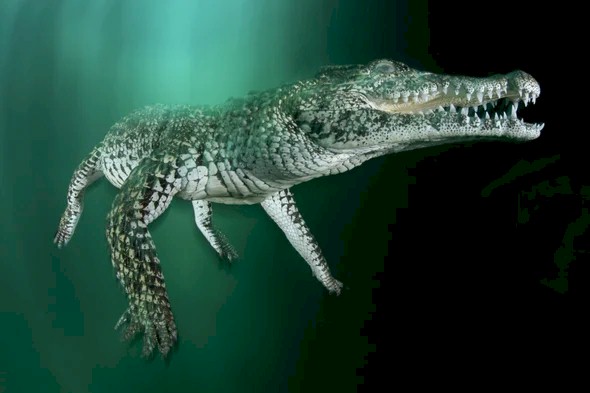View Crocodile / Alligator Breeds
 |
| Source: Scientific American |
Cuban Crocodiles, a critically endangered species endemic to the island of Cuba, possess a striking appearance and specific adaptations. They exhibit a medium-sized build, with adult males typically reaching lengths of 2.5 to 3 meters (8 to 10 feet), while females are slightly smaller. The most distinguishing feature of Cuban Crocodiles is their rough and textured back, characterized by bony ridges or scales.
Cuban Crocodiles display varying coloration, which depends on individual and age. Juveniles exhibit bright yellow or greenish-yellow hues with bold black crossbands, which gradually fade as they mature. Adults commonly showcase a muted olive-green or brownish coloration, occasionally featuring lighter patches on the belly.
These crocodiles inhabit freshwater habitats such as rivers, swamps, and marshes throughout Cuba. They thrive in both freshwater and brackish environments, often found in coastal mangrove swamps. However, their distribution has significantly diminished due to habitat loss and fragmentation, restricting their presence to a few areas on the island.
Cuban Crocodiles are carnivorous predators, employing ambush tactics to capture their prey. They exhibit agility and hunting prowess, consuming a wide range of prey including fish, crustaceans, reptiles, birds, and mammals.
Sadly, the Cuban Crocodile is critically endangered according to the International Union for Conservation of Nature (IUCN). Its population decline is primarily attributed to habitat loss, degradation, and illegal hunting. Destruction of wetland habitats and human encroachment have profoundly impacted their numbers, rendering them one of the rarest crocodile species globally. Conservation efforts, including habitat protection and captive breeding programs, are underway to preserve this unique and threatened species.
It is essential to note that national and international legislation protects Cuban Crocodiles, with dedicated initiatives aiming to raise awareness and conserve the remaining populations.
Photo Source: https://www.scientificamerican.com/article/saving-the-endangered-cuban-crocodile1/
